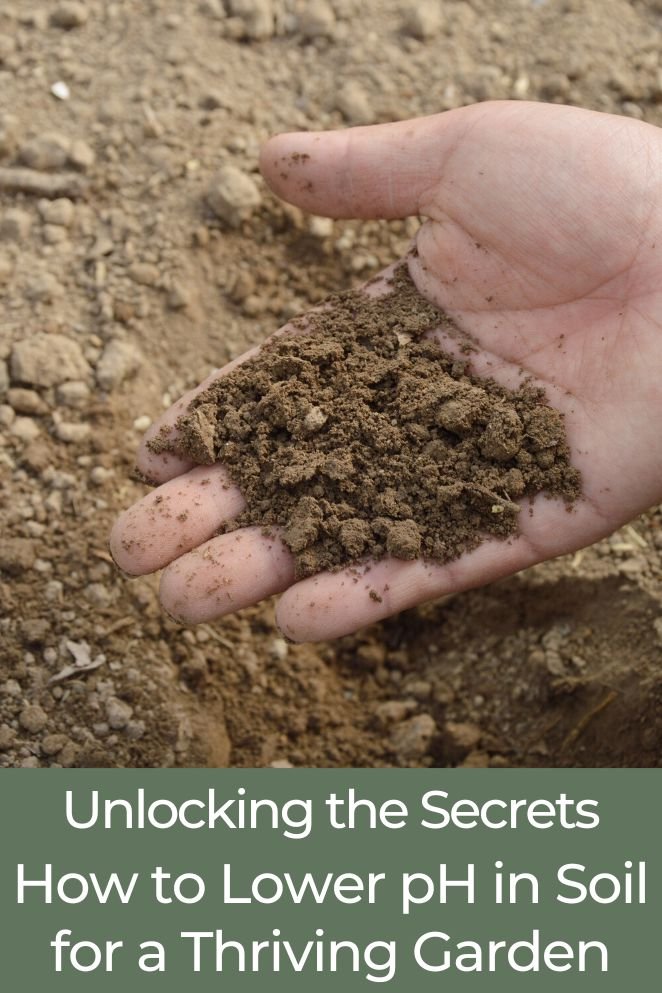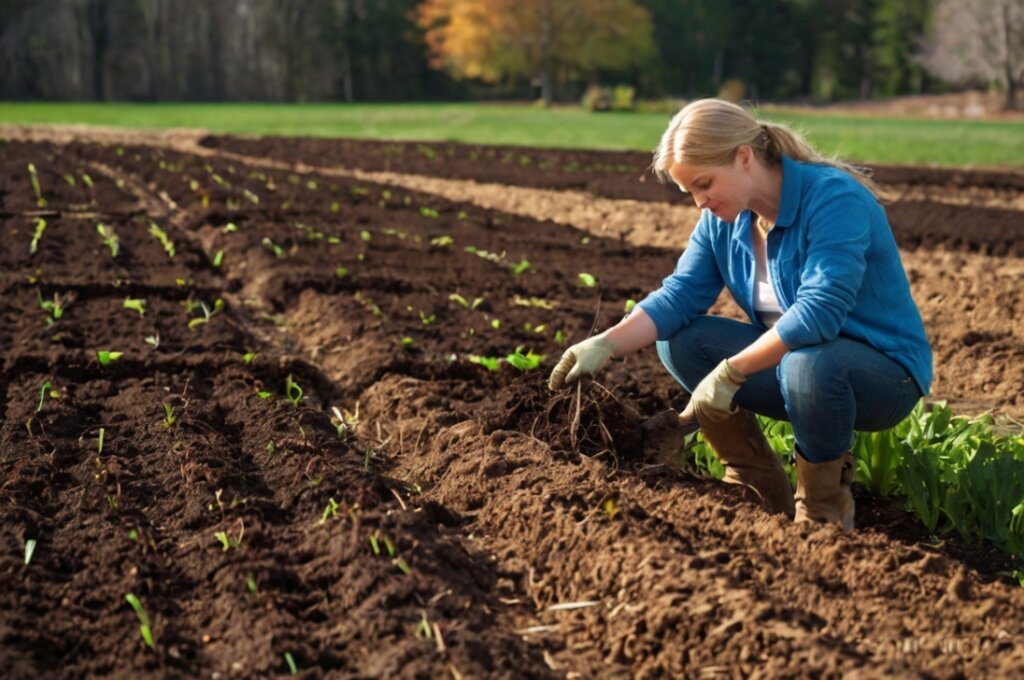
Embarking on the gardening journey requires a profound grasp of soil pH dynamics.
This comprehensive guide delves into the intricacies of soil acidity, illuminating the reasons behind pH adjustment and providing practical insights to achieve an optimal pH balance for your plants.
Join us as we dig deep, unveiling the secrets to cultivating a thriving garden through effective soil pH management.
What is Soil pH?
Soil pH serves as a vital gauge, indicating the acidity or alkalinity of your soil.
This metric significantly impacts nutrient accessibility for plants.
The pH scale, spanning from 0 to 14, designates 7 as neutral.
A pH below 7 signals acidic soil, while a pH above 7 indicates alkalinity.
Grasping this fundamental aspect is key to cultivating a thriving garden with optimal nutrient conditions.
- Read also: How to Make Organic Fertilizers at Home
- Read also: Different Types of Drip Irrigation Emitters
Why Lower Soil pH?

In the gardening realm, specific plants, such as azaleas, blueberries, and rhododendrons, exhibit a preference for acidic soil conditions.
Lowering soil pH becomes instrumental in creating an environment that caters to the needs of these acid-loving plants.
This adjustment facilitates more efficient absorption of nutrients by the plants, fostering not only healthier growth but also resulting in more vibrant and prolific blooms.
By aligning the soil pH with the preferences of these particular plants, gardeners can ensure optimal conditions for their cultivation, promoting a flourishing and visually stunning garden landscape.
How to Test Your Soil pH
Before you dive into the process of lowering your soil pH, understanding your soil’s current acidity level is crucial.
Fortunately, this task is made simple with soil testing kits, readily available at gardening centers.
Here’s a breakdown of the process:
Acquire a soil testing kit
Visit your local gardening center to obtain a soil testing kit. These kits are designed to be user-friendly and provide accurate results.
- Follow the kit instructions: Carefully follow the instructions provided with the kit. Typically, you’ll need to collect soil samples from various areas of your garden.
- Testing process: The kit will guide you on how to conduct the pH test. This may involve mixing the soil with a provided solution and observing the color change.
- Interpreting results: Once the test is complete, refer to the kit’s instructions to interpret the results. The pH value obtained will give you an understanding of your soil’s acidity level.
Understanding signs of soil acidity
In addition to using a soil testing kit, observing your plants can provide clues about soil acidity. Signs of soil acidity include:
- Yellowing of leaves (Chlorosis): Acidic soil can lead to a deficiency in essential nutrients like iron, resulting in the yellowing of plant leaves known as chlorosis.
- Stunted growth: Plants may exhibit stunted growth when the soil pH is not suitable for their nutrient uptake.
- Reduced nutrient uptake: Acidity can hinder the absorption of vital nutrients by plant roots, leading to reduced nutrient uptake and impacting overall plant health.

Effective Ways to Lower Soil pH
Elemental Sulfur
Recognized as a soil acidification powerhouse, elemental sulfur proves effective when applied to the soil surface.
Through a gradual conversion process, it transforms into sulfuric acid, steadily lowering soil pH over time.
This method is particularly suitable for long-term pH management.
Aluminum Sulfate
Offering swift results, aluminum sulfate is a water-soluble powder that promptly acidifies the soil upon application.
It excels in providing an immediate reduction in pH, making it a preferred choice for rapid adjustments, especially in smaller garden areas.
Organic Materials
Infusing organic matter into your soil, such as peat moss or pine needles, serves as a natural approach to enhancing soil acidity.
As these materials decompose gradually, they release acids into the soil, contributing to a sustained and organic reduction in pH.
Iron Sulfate
Ideal for both lawns and gardens, iron sulfate serves a dual purpose by not only supplying essential iron but also actively lowering soil pH.
Its effectiveness and relatively fast action make it a versatile option for pH management.
Mulch
Mulching with organic materials emerges as a practical strategy for promoting soil acidity.
As the mulch breaks down, it releases acids into the soil, fostering a favorable pH environment.
This method not only aids in pH control but also contributes to overall soil health.
Important Tips

Gradual adjustments
When modifying soil pH, opt for gradual adjustments, particularly with established plants.
Sudden pH changes can stress plants, affecting their health and growth.
A phased approach minimizes stress and allows plants to adapt seamlessly to the evolving soil conditions.
Regular monitoring
Maintain a routine of periodic soil testing to monitor pH levels accurately.
Regular assessments empower you to stay informed about the ongoing soil conditions.
This proactive approach enables timely adjustments, ensuring that your plants consistently thrive in an environment tailored to their pH preferences.
Consider plant preferences
Acknowledge that different plants exhibit varying pH preferences.
Tailor your soil acidity adjustments to meet the specific needs of your garden occupants.
Understanding the pH requirements of the plants you cultivate allows you to create a customized environment that fosters optimal growth and overall well-being.
- Read also: Drip Irrigation for Tomatoes
- Read also: How to Use Soil Conditioner
Conclusion
Elevate your gardening expertise by lowering soil pH, crafting the perfect sanctuary for acid-loving plants.
This guide empowers you to grasp the essentials, conduct precise soil tests, and implement proven methods like elemental sulfur and organic materials.
Roll up your sleeves, don your gardening gloves, and embark on transforming your garden into a vibrant oasis, the envy of the neighborhood, teeming with life and bursting with a spectrum of colors!



